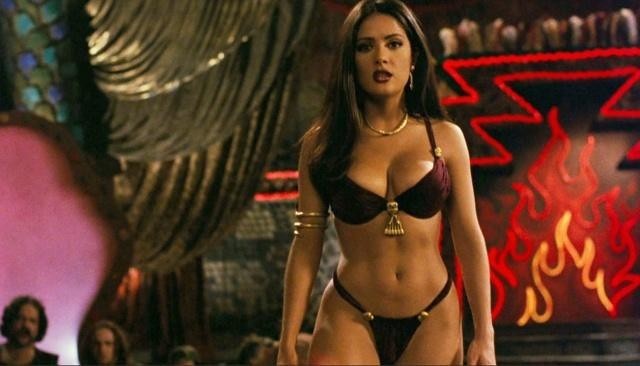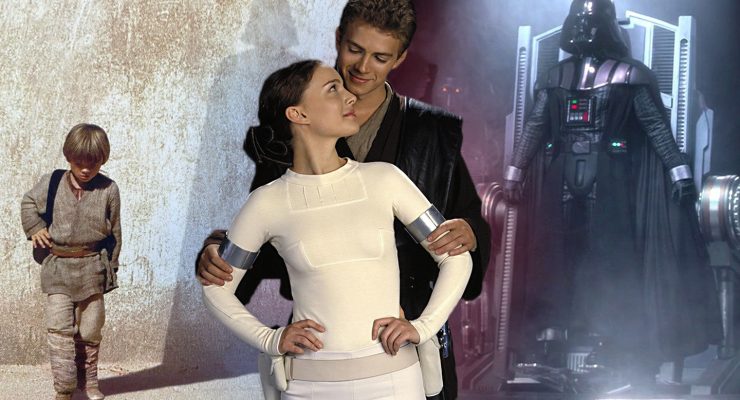The Artist, 2011.
Directed by Michel Hazanavicius.
Starring Jean Dujardin, Bérénice Bejo, John Goodman, James Cromwell, Malcolm McDowell, Penelope Anne Miller, Missi Pyle and Uggie.
SYNOPSIS:
A silent movie star faces up to the advent of sound.
Modern audiences may struggle to realise the medium they are watching at the multiplex started without the aid of spoken words and only a musical score to accompany the picture. Sadly, some won’t have even seen a film in black and white. The Artist is both silent and black and white, and is even filmed in 1.33:1 aspect ratio. To those not familiar with aspect ratios, 1.33:1 means (in crude terms) the sides of the cinema screen are not filled, with the film looking like a ‘box’ rather than the usual full screen (typically 1.85:1 or 2.39:1) that we are used to. The effect works well in The Artist because that is how films would have looked in the 20s and 30s and is (literally) the first signs of director Michel Hazanavicius’ intention to make his film stand out from anything else you’ve probably ever seen at the cinema before.
I’d like to point out that 1.33:1 is rare in modern film making but not unique to The Artist; watch Meek’s Cutoff, also released in 2011, to a truely jarring effect of the ratio. But I digress.
The (near) total lack of spoken word, 1.33:1 ratio, black and white, and a non-stop musical score make The Artist a refreshing and welcome change to modern cinema releases. It is funny, sad and charming and rewards the viewer with almost every scene it gives us. I cannot praise the lead actor Jean Dujardin enough for his performance; his face expresses every word we do not hear and that is a talent in itself, and moreover he and the rest of the cast give such strong and understanding performances, knowing the director’s intention to remove the sound, that everything makes perfect sense. I say this because the amount of times I get lost in a film’s plot because the dialogue or performances don’t ring true, or the direction doesn’t allow me to follow or believe what I’m seeing, is far too high these days. The Artist is a simple plot told exquisitely well and is a delight to watch.
For a film which takes its origins from the silent era, it was interesting to watch the director’s choice of lens, angle, and film stock. The Artist doesn’t look or even attempt to look as if it were made in the 20s or 30s but it does have an undeniable revisionist feel to it. It is clearly a modern film set in the past and it looks great, unlike, say, Steven Soderbergh’s The Good German, which presented itself as a film made in the 1940s using the camera and angles and effects of the period. Soderbergh’s film did not work despite being a brave experiment, but I was happy to see The Artist not falling into the same pretentious trap.
Had I seen The Artist last year it would certainly have made my top 10 of 2011, and I hope it gets all the awards it deserves. It is not without its faults, and I think the film works better in its more lively and happier scenes rather than when it gets more serious, as it does in the second half, and loses some of its appeal by getting hampered with too much emotion. This is a minor criticism of an otherwise splendid piece of filmmaking.
Morbometer™: 8.8 out of 10
Rohan Morbey – follow me on Twitter.











